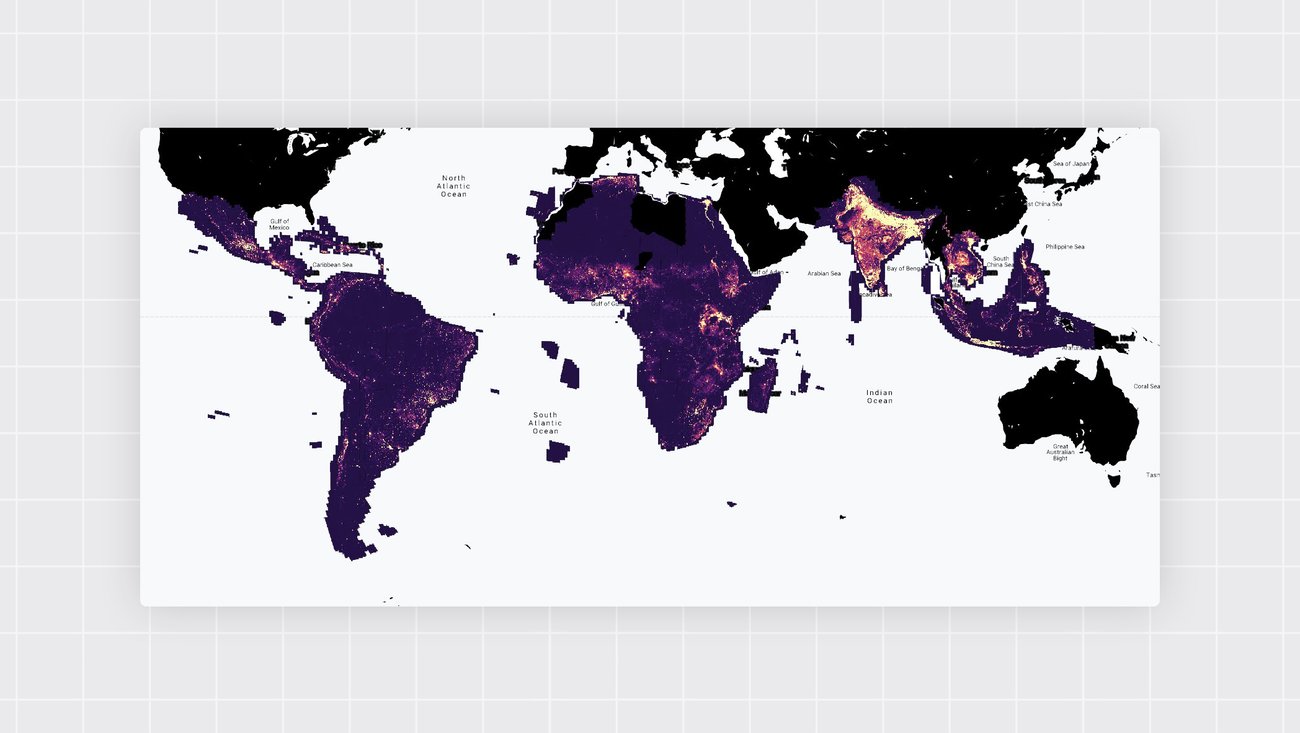Google Research Team Develops Advanced Dataset to Map Urban Growth in the Global South
In recent years, the Google Research team, primarily based in Ghana with collaborators in Tel Aviv, Zurich, and other locations, has been engaged in a project aimed at enhancing the way we understand urban development. The team, operating under a continuous "hackathon mode," has been innovating and iterating on ways to overcome challenges in data collection and analysis. The primary goal has been to capture the dynamic changes in urban areas over time, a feature that was missing from their earlier datasets and highly sought after by partners.
Traditionally, commercial satellite imagery providers focus on capturing images based on market demand and profitability. This approach often leads to significant portions of the Global South—approximately 40% of the world’s surface—being left without adequate, high-resolution coverage. Even more concerning is that many remote villages and informal settlements receive no coverage at all. While open-source imagery from satellites like the European Space Agency’s Sentinel-2, with its five-day global revisit period, is more readily available, it has generally been considered too low in resolution for detecting buildings effectively.
However, the Google Research team saw potential in this low-resolution data. They embarked on an experiment to see if it could be utilized effectively despite its limitations. By feeding a single low-resolution frame from Sentinel-2 into their model, they tasked it with generating polygons representing buildings on the ground. Although challenging, the initial results showed promise. The model was then adjusted to produce building masks—raster data composed of binary pixels tied to specific coordinates—from the images. The outcome was promising enough to pursue further development.
After a year of meticulous refinement and testing, the team unveiled the Open Buildings 2.5D Temporal Dataset. This groundbreaking dataset spans from 2016 to 2023, providing annual snapshots of building presence and counts across much of the Global South. It includes not only the number of buildings but also their heights, illustrating how factors such as development, natural disasters, and other influences shape urban landscapes. Users can select a region and toggle between years to observe how these areas expand and contract in vibrant, colorful patterns.
The dataset’s significance is underscored by projections that estimate an additional 2.5 billion people may migrate to cities by 2050, with most of this growth occurring in the Global South. Google Research product manager Olivia Graham emphasizes that this dataset could be transformative for governments and organizations navigating this rapid urbanization. When cities plan the allocation of essential services such as healthcare and education or the development of infrastructure like water and energy supplies, this dataset provides a clear view of actively growing areas.
For technical readers, it’s essential to understand some key terms used in this project. "Polygons" in this context are shapes that represent the boundaries of buildings in the satellite images. "Building masks" refer to raster data that consists of pixels representing whether a part of the image is a building or not, tagged with specific geographical coordinates. These technical components are fundamental in converting raw satellite images into actionable data that can be used to map urban growth accurately.
The Impact of Open Data on Urban Planning
The introduction of the Open Buildings 2.5D Temporal Dataset is a significant step forward in urban planning and development. By providing a historical perspective of urban growth, this dataset allows planners to understand how cities have evolved and to anticipate future changes. This is particularly important in the Global South, where rapid urbanization can strain existing infrastructure and necessitate strategic planning.
Moreover, the dataset serves as a valuable tool for researchers and policymakers. It offers insights into how different factors, such as economic development and natural disasters, impact urban areas. This information can be used to inform policy decisions and allocate resources more effectively.
Challenges and Future Directions
Despite the advancements made with the Open Buildings 2.5D Temporal Dataset, challenges remain. The reliance on lower resolution data means that the model’s accuracy can vary, especially in densely built-up areas or regions with complex geographical features. Additionally, the model’s ability to detect smaller structures or buildings with non-standard shapes is still limited.
Looking forward, the team aims to refine their model further and possibly incorporate higher resolution data as it becomes available. They are also exploring ways to expand the dataset’s coverage and improve the accuracy of building height estimations. These enhancements could provide even more precise insights into urban growth patterns and support more effective urban planning.
Community and Stakeholder Reactions
The release of this dataset has garnered attention from various stakeholders, including urban planners, government officials, and non-profit organizations. Many see it as a crucial resource for addressing the challenges of urbanization in the Global South.
For urban planners, the dataset offers a new level of granularity in understanding urban growth. It allows them to identify trends and patterns that were previously difficult to discern. This can lead to more informed decision-making and better allocation of resources.
Government officials, particularly in rapidly growing cities, view the dataset as a tool for improving service delivery and infrastructure development. By understanding where growth is occurring, they can prioritize areas for investment and development.
Non-profit organizations working in areas such as disaster relief and sustainable development see the dataset as a means to enhance their efforts. By having access to detailed information about building presence and heights, they can better plan their interventions and allocate resources where they are most needed.
Conclusion
The development of the Open Buildings 2.5D Temporal Dataset represents a significant achievement in the field of urban data collection and analysis. By leveraging innovative technology and open-source data, the Google Research team has created a tool that provides valuable insights into urban growth in the Global South. As cities continue to expand, this dataset will be an essential resource for planners, policymakers, and organizations working to manage and support urban development. For further information, you can read more on the original Google Blog here.
For more Information, Refer to this article.

































